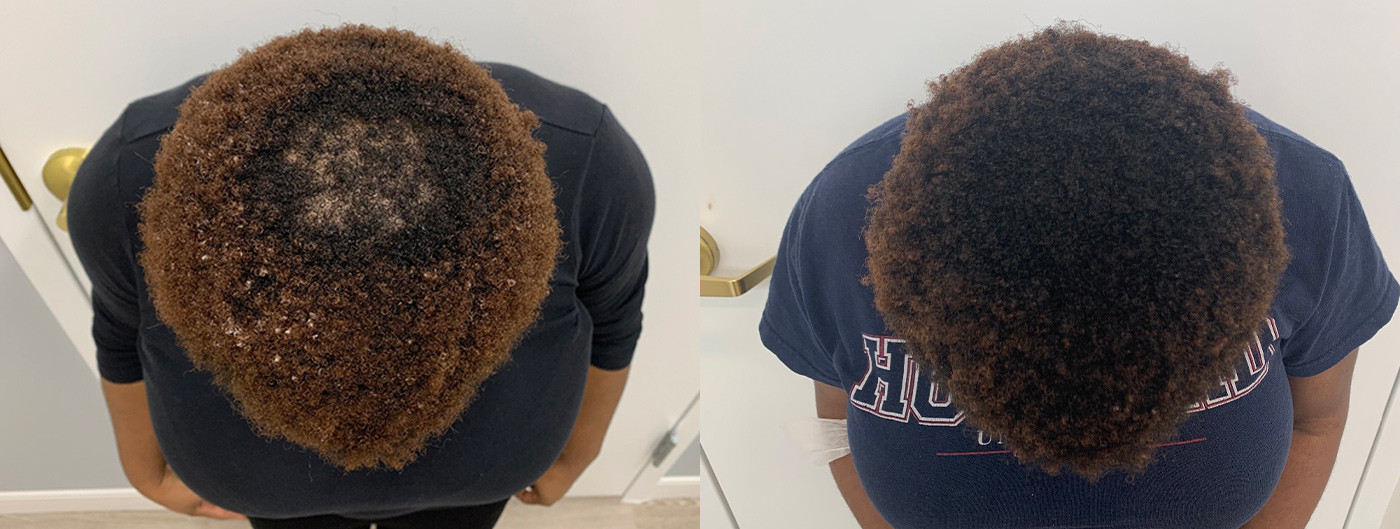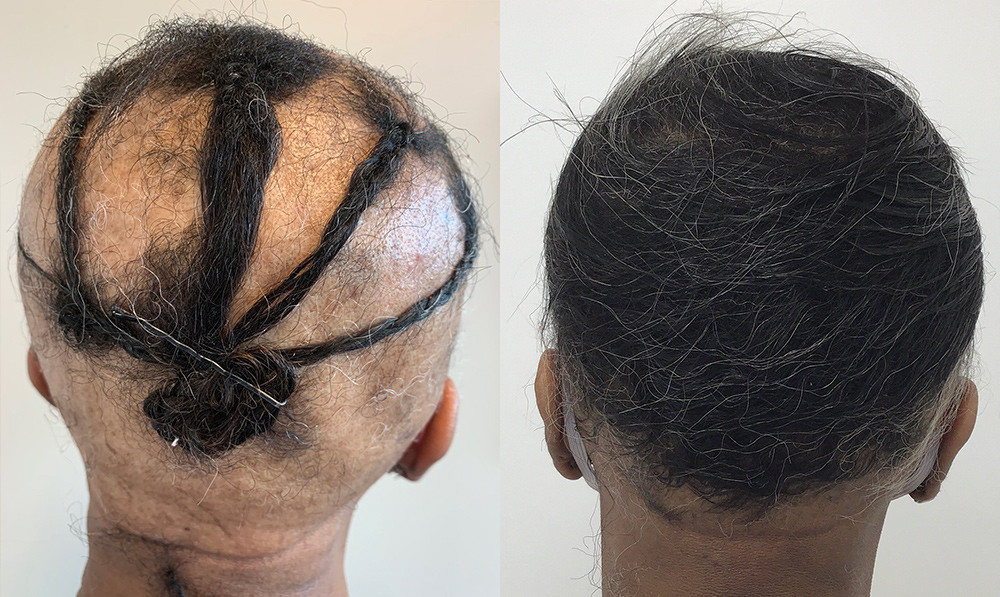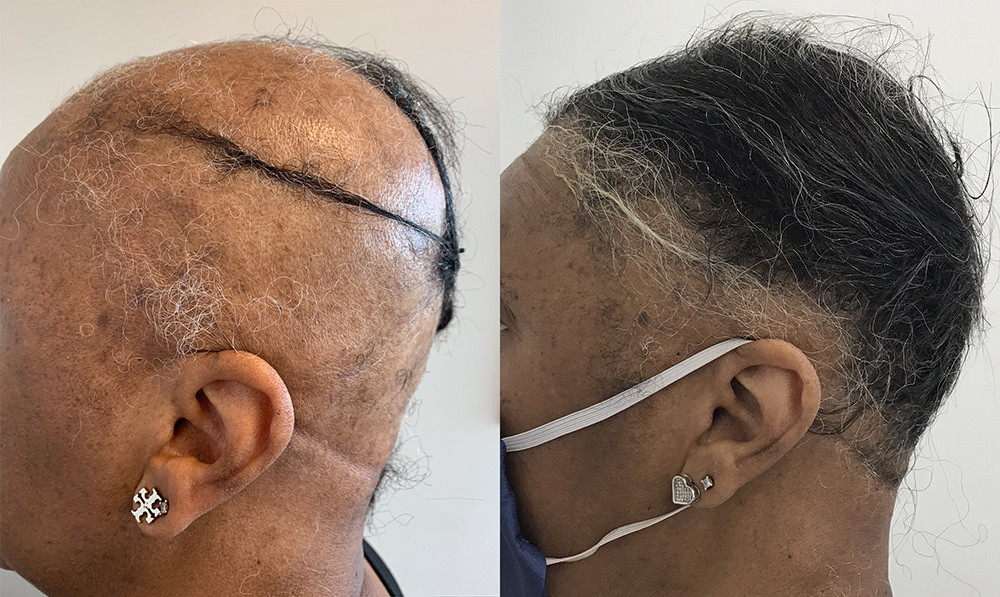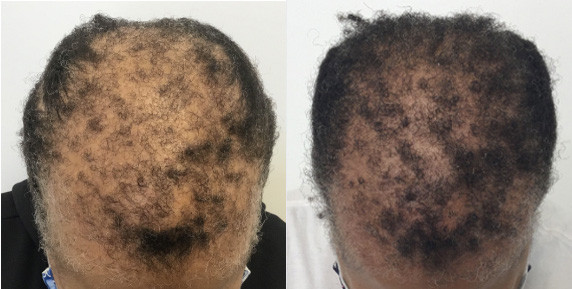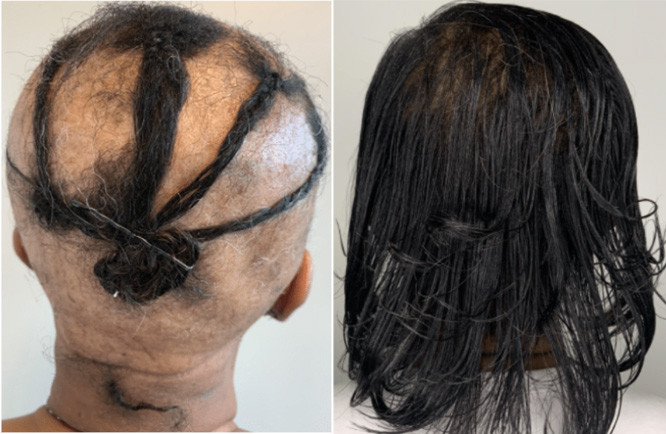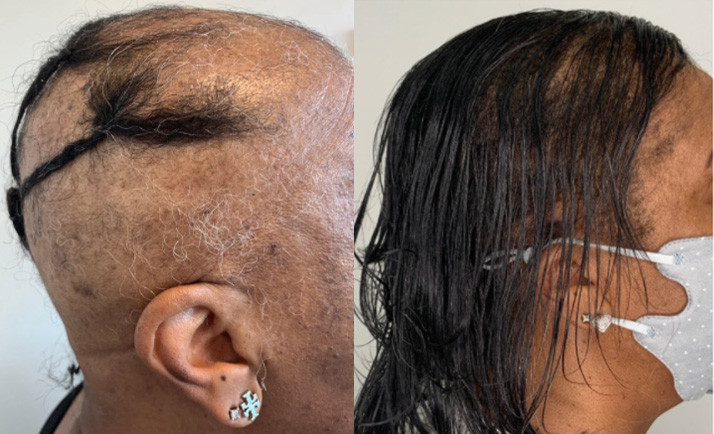
We lose hair every day. It is normal to lose 50 to 100 strands daily, and because we have around 100,000 hairs on our heads, we don’t miss them. It is when the hair loss becomes evident, perhaps there are bald spots, patchiness, clumps of hair falling out, that you know there is a problem. There are many causes of hair loss, most of them are treatable. To understand the causes, it is best to understand the process that every hair goes through in its lifetime.
A board-certified dermatologist with expertise in hair and scalp disorders can help you figure out the specific cause of your hair loss. In terms of treatment, time is of the essence. Early detection and management can improve outcomes and help preserve more active hair follicles, resulting in greater potential for hair regrowth.
What is Alopecia?
Alopecia refers to excessive hair loss from the head or anywhere on the body. This can be caused by several conditions related to age, gender, or ethnicity. Stress worsens certain types of alopecia. Also hair grooming practices, like tight hairstyles, excessive brushing or using the wrong clippers or blades for facial hair, can cause itching, burning and hair loss over time.
The Life Cycle of Hair
First, the hair structure: Hair is made up of the follicle and the shaft. The hair follicle anchors the hair into the scalp, and the bulb at the base of the follicle contains the cells that divide and grow to build the hair shaft. The hair shaft is hair that we see growing out of the follicle.
From the very moment that the hair shaft starts to grow to when it falls out, every hair goes through four distinct phases: anagen, catagen, telogen and exogen.
Growth Phase: Anagen
The growth phase lasts between two and seven years. During the anagen phase, the cells of the bulb are dividing rapidly to build the hair shaft. At any one time, 80% to 90% of hair follicles are in the anagen phase.
Transition Phase: Catagen
The transition phase lasts two to three weeks. The hair stops growing and detaches itself from the blood supply in the bulb but remains in place. It is then called a club hair for the shape of the knob at the end of the shaft.
Resting Phase: Telogen
The club hair rests while a new hair begins to grow beneath it. This new hair will eventually take the place of the club hair. The telogen phase lasts around three months, and 10% to 15% of all hairs are in this phase at any one time.
Shedding Phase: Exogen
The club (resting) hair detaches and falls out to make room for the new hair coming through the follicle. Each follicle goes through the cycle on its own time so you do not have many of them going through the shedding phase at the same time.
Causes of Hair Loss
There are many potential triggers for hair loss. A dermatologist can distinguish between normal hair shedding and hair loss as well as determine the cause. Keep in mind that the sooner you start treatment, the better the prognosis. Potential causes include:
- Genetics
- Hormonal imbalance
- Stress
- Harsh hair grooming practices
- Vitamin / nutrient deficiency
- Autoimmune conditions
- Underlying medical conditions
- Medications
Treatment Options for Hair Loss
- Scalp ointments/ solutions
- Oral medications
- Scalp Injections
- Platelet Rich Plasma (PRP)
- Laser + Light therapy
- Hair Transplantation
Cutting Edge Technology
Recent advances incorporate cutting edge technology in the treatment of hair loss. Using your body’s own products or growth factors, hair regrowth is stimulated with no downtime.
Hair Transplantation
Hair transplantation involves moving hair follicles from one area of the scalp to another. First of all, you need a consultation to see if you are a good fit for this procedure. It depends on the cause, size and location of the bald areas.
Common Hair and Scalp Disorders
Pattern Baldness (Androgenetic Alopecia)
Pattern baldness, caused by a combination of genetics and hormones, is the most common reason for hair loss. more
CCCA is the most common type of scarring hair loss, and usually occurs in people of African descent. more
Alopecia Areata (Autoimmune)
The body’s immune system mistakes healthy hair follicles as foreign and attacks them. Then bald patches appear on the scalp. Since the hair follicle remains alive, the hair may grow back. more
Trichotillomania
Involves repetitive, compulsive urges to pull out the hair, usually from the head, but also the eyebrows and eyelids.
This common cause of temporary hair loss usually occurs after some shock to the body. For example, post-partum, after surgery, COVID related, illness or extreme life stress. more
Traction Alopecia
Caused by wearing tight hairstyles which pull on the hair follicles and yank them out by the root. Braiding, ponytails, corn rows, or weaves that are too tight can also cause Traction Alopecia.


